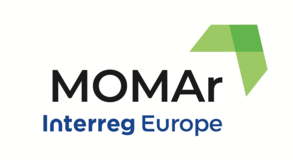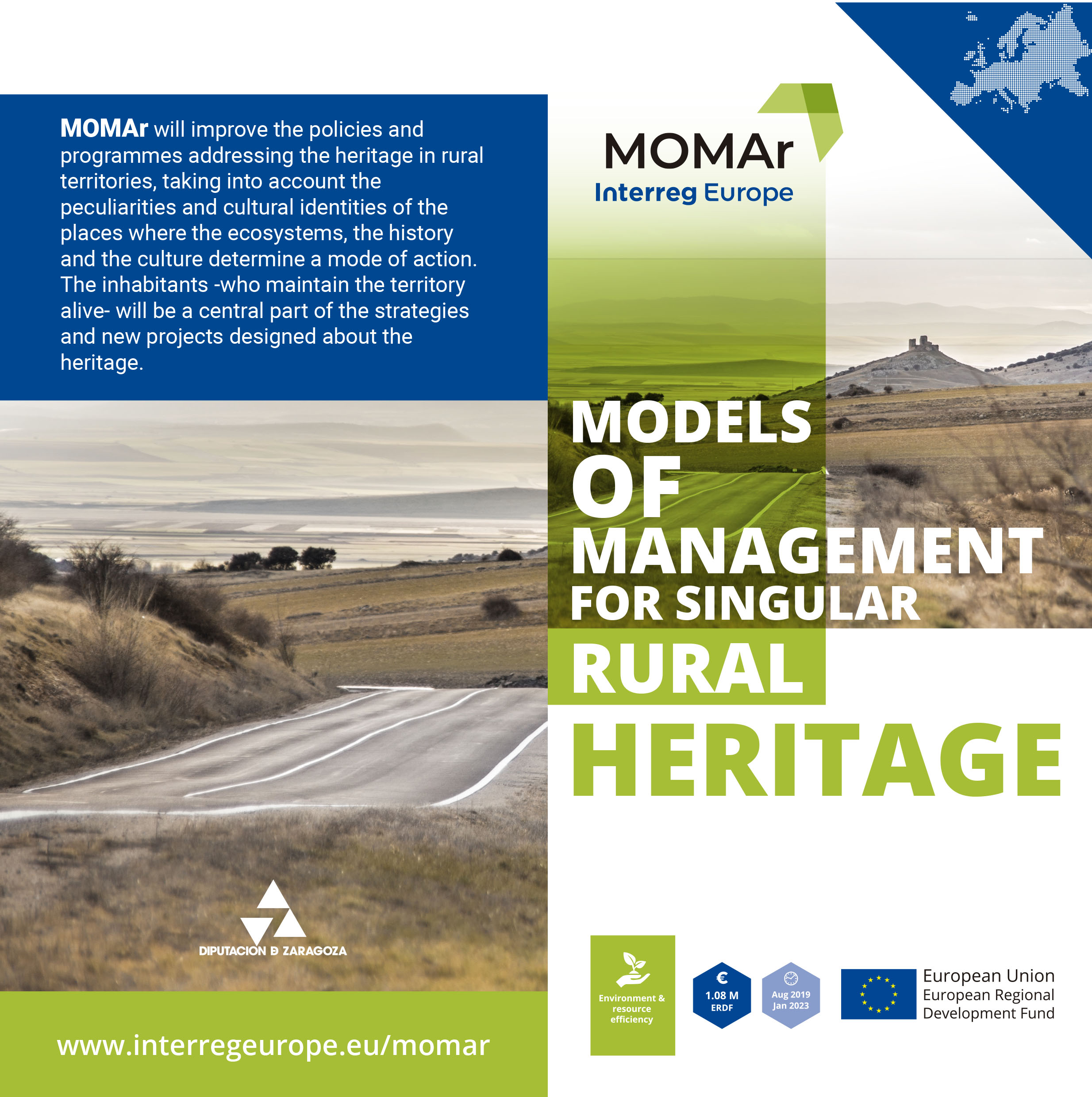TRANSROMANICA connects the common Romanesque heritage in nine European countries. It is also one of the main German stakeholders of the MOMAr project. We spoke with Annemarie Schmidt, Management Assistant of the TRANSROMANICA association, to know more about their work and future plans.
 How would you describe TRANSROMANICA to those who still don’t know it?
How would you describe TRANSROMANICA to those who still don’t know it?
TRANSROMANICA connects the common heritage of Romanesque architecture of 13 member regions across nine European countries. The network unites people from all over Europe in their desire to build bridges with neighbors and friends, celebrate European cultural heritage and demonstrate common values. In 2007, TRANSROMANICA was recognized as a “Cultural Route of the Council of Europe” and thus stands, together with 44 other European cultural routes, for the fundamental principles of the Council of Europe: human rights, cultural democracy, cultural diversity and identity, dialogue, mutual exchange and enrichment across borders and centuries. For 16 years now, TRANSROMANICA has been committed to showing how the heritage of different countries and cultures in Europe represents the common cultural heritage as part of the Cultural Routes of the Council of Europe program. This happens on a journey through space and time along the paths of the cultural routes.
Which is your strategy to point out the value of the Romanesque heritage in Europe?
TRANSROMANICA is active in the five required priority fields of action, cooperation in research and development; enhancement of the memory, history and European heritage; cultural and educational exchanges for young Europeans; contemporary cultural and artistic practice. And last but not least, cultural tourism and sustainable cultural development
What are the main goals achieved since the initiative started its work?
Some of the major achievements are the certification as a Cultural Route of the Council of Europe in 2007 and since then, get re-certified in an evaluation circle every 3 years. Also, to expand the network and wider the member regions and heritage sites and the cooperation with UNESCO World Heritage.
Taking this into account, which challenges do you still have to face?
We need to expand infrastructure in rural areas. As the need to preserve cultural heritage is widely recognized, the availability of financial resources to do so is often equally deficient. Besides, we want to include more public institutions.
One of your tools to promote the sites is tourism marketing. Why it is important for you and how can it help heritage management?
Communicating cultural heritage through tourism marketing is a key factor. Culture is progressively an important element of the tourism product, which also creates distinctiveness in a global marketplace. At the same time, tourism provides an important means of enhancing culture and creating income that can support and strengthen cultural heritage, cultural production and creative urges. The purpose of the association is to preserve the Romanesque heritage in Europe and to strengthen it with strong heritage management in supporting our members. A few promotion examples are Travel Magazine, annual Desk Calendars, TRANSROMANICA Highlight Sites Postcards, Campaigns, Blogger Trips, and Contemporary Art.
You work on the education to get to children and young students. From your experience, which is the best way to involve future generations to care about heritage?
All across Europe in our member regions, there is a huge and important Romanesque legacy. As pillars of cultural and territorial identity, this legacy must be understood, experienced and valued by its community. Raising the citizens' awareness of the issue of historical, architectural, immaterial, and material heritage, drawing their attention to the importance of preserving those as resources, is a relevant way to integrate, educate and train the population starting at an early age in school. It is the best way to make them aware of the cultural heritage and how to preserve it. For example, along the Rota do Românico in Portugal with its Educational Service or at the Extracurricular Place of Education at Königslutter Imperial Cathedral.
TRANSROMANICA is one of the German stakeholders of MOMAr. ¿What led you to get involved in the project?
As the MOMAr project is dealing with fostering the rural areas’ identity, TRANSROMANICA also provides the promotion of cultural heritage in rural areas in our international member regions across Europe. We also share the willingness to exchange throughout the project and to share experiences with stakeholders and key actors in rural areas in terms of development and along with cultural and natural heritage sites. Recognizing that the stakeholder networks gather a whole richness, frequently unknown, of skills, know-how, and know-how-to-be necessary to effective implementation.

Photo: Žiča Monastery (Serbia) © Branko Jovanović












